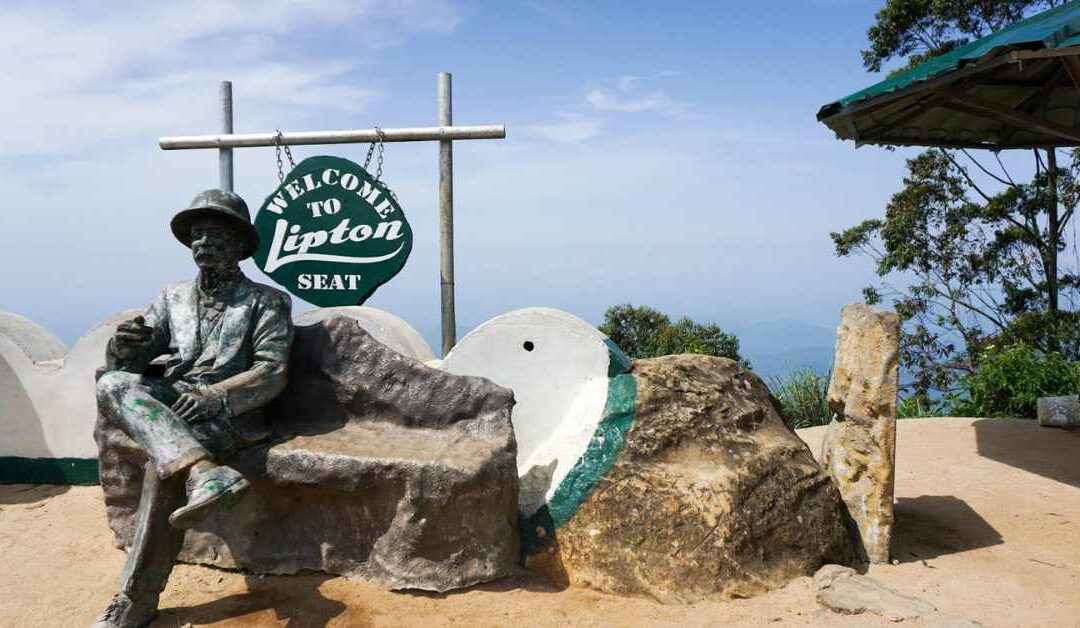Introduction
Haputale, a hidden gem nestled amidst the emerald hills of Sri Lanka, beckons travelers with its unspoiled beauty and serene landscapes. Tucked away in this verdant paradise lies a spot of breathtaking allure—Lipton’s Seat. This iconic viewpoint stands as a testament to Sri Lanka’s rich history, entwined with the legacy of tea and the vision of Sir Thomas Lipton.
James Taylor and the Legacy of Lipton’s Seat
In the late 19th century, amidst the undulating hills of Haputale, James Taylor, a pioneer in Sri Lanka’s tea industry, cultivated the very first tea plant. His vision and dedication birthed the sprawling tea plantations that blanket the region today. Lipton’s Seat owes its name to Sir Thomas Lipton, a visionary entrepreneur who expanded Taylor’s legacy and established the Lipton tea empire. The viewpoint, named in his honor, serves as a tribute to the monumental impact of these pioneers on Sri Lanka’s economy and culture.
Getting There: The Journey to Lipton’s Seat or Most Called “Lipton Seat”
Accessing the captivating vistas of Lipton’s Seat involves an enchanting journey through lush landscapes and winding roads. Visitors can embark on a scenic train ride or opt for a picturesque drive, both offering glimpses of the region’s unparalleled beauty. As travelers ascend towards Lipton Seat, the air becomes crisp, infused with the aroma of freshly brewed tea, and the horizon unfolds into a canvas of rolling hills adorned with neatly trimmed tea bushes.
The Enchanting Beauty of Lipton’s Seat
Arriving at Lipton’s Seat unveils a panorama that defies description. Perched atop a hill, the viewpoint treats visitors to an awe-inspiring spectacle—a vast expanse of emerald green tea estates interspersed with valleys and mountains, painting a picture of serenity and tranquility. It’s a place where time seems to stand still, allowing one to bask in the splendor of nature’s finest artistry.
The allure of Lipton Seat transcends mere visuals; it captures the essence of Sri Lanka’s captivating landscapes and the legacy of its tea heritage, inviting travelers to witness a slice of history amid unparalleled natural beauty.
James Taylor and the Legacy of Lipton’s Seat
The Birth of Sri Lanka’s Tea Industry
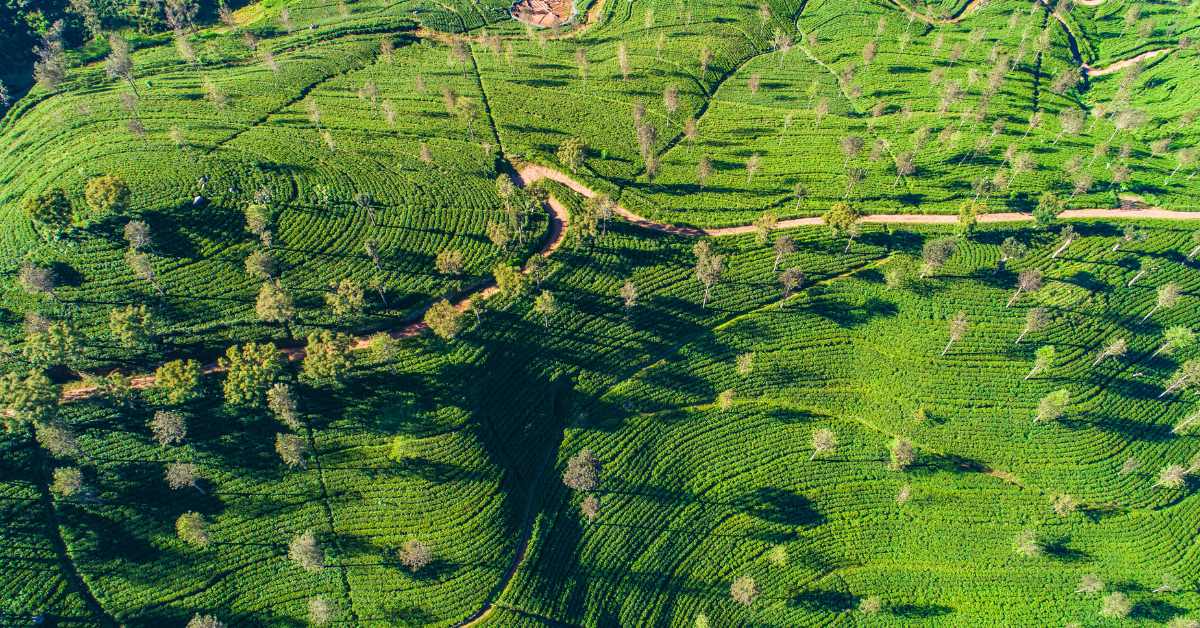
In the late 19th century, amidst the rolling hills of Haputale, James Taylor, a Scottish planter, planted the seeds that would germinate into Sri Lanka’s iconic tea industry. Taylor’s pioneering spirit led him to experiment with tea cultivation, transforming the region’s landscape into a haven of tea plantations. His dedication and meticulous approach paved the way for the flourishing tea estates that define Sri Lanka’s highlands today.
Lipton’s Seat: A Tribute to Visionary Entrepreneurs
The legacy of Lipton’s Seat intertwines with the story of Sir Thomas Lipton, a visionary entrepreneur who recognized the potential of Taylor’s efforts. Lipton’s empire expanded globally, fueled by the exquisite tea produced in Sri Lanka’s fertile lands. Lipton’s Seat stands not only as a scenic viewpoint but also as a testament to the synergy between Taylor’s innovation and Lipton’s vision. Sir Thomas Lipton’s contributions elevated Sri Lanka’s tea industry to international acclaim, cementing its place in the world market.
The Impact on Sri Lanka’s Economy and Culture

Taylor and Lipton’s endeavors revolutionized Sri Lanka’s economy and culture. The tea industry became a cornerstone of the country’s exports, bolstering its economy and providing livelihoods to numerous locals. Additionally, tea became an integral part of Sri Lankan culture, shaping traditions and ceremonies around the art of tea-making and consumption. The legacy of these pioneers reverberates through the generations, their influence continuing to shape the identity of Sri Lanka.
Lipton’s Seat, perched atop the verdant hills, not only offers breathtaking vistas but also serves as a tribute to the resilience, innovation, and foresight of James Taylor and Sir Thomas Lipton. Their legacy lives on in the sprawling tea estates that carpet the landscape, inviting visitors to immerse themselves in the history and splendor of Sri Lanka’s tea heritage.
Getting There: The Journey to Lipton’s Seat
Exploring the Scenic Routes
Reaching Lipton’s Seat is an adventure in itself, offering travelers various scenic routes to choose from. The most popular and picturesque options include a train ride or a scenic drive through Haputale’s winding roads. The train journey, renowned for its breathtaking views, takes passengers through lush landscapes, revealing glimpses of the region’s natural beauty. Alternatively, a drive through the hills provides an up-close encounter with the idyllic countryside, dotted with tea estates and vibrant flora.
Trekking or Driving to the Viewpoint
Upon arrival in Haputale, travelers can opt for either a trek or a drive to Lipton Seat. Trekking enthusiasts can embark on a moderate hike through verdant trails, experiencing the raw beauty of the surroundings while being serenaded by the melodious chirping of birds. For those preferring a more leisurely journey, a scenic drive leads to the same destination, offering panoramic views without the physical exertion. Both routes promise an immersive experience in the natural wonders of Haputale.
Enchanting Stops Along the Way
As travelers make their way to Lipton’s Seat, several captivating stops along the route beg exploration. Picturesque viewpoints, such as Dambatenne Tea Factory, offer insights into the tea-making process and panoramic vistas of the sprawling tea estates. These stops not only break the journey but also enrich the experience by providing a deeper understanding of the region’s heritage and the intricacies of tea production.
Whether by train, car, trek, or a combination of these, the journey to Lipton Seat unfolds as an enchanting passage through Sri Lanka’s picturesque landscapes. Each mode of transportation offers its unique charm, promising an unforgettable voyage to one of the most spectacular viewpoints in the country.
The Enchanting Beauty of Lipton’s Seat
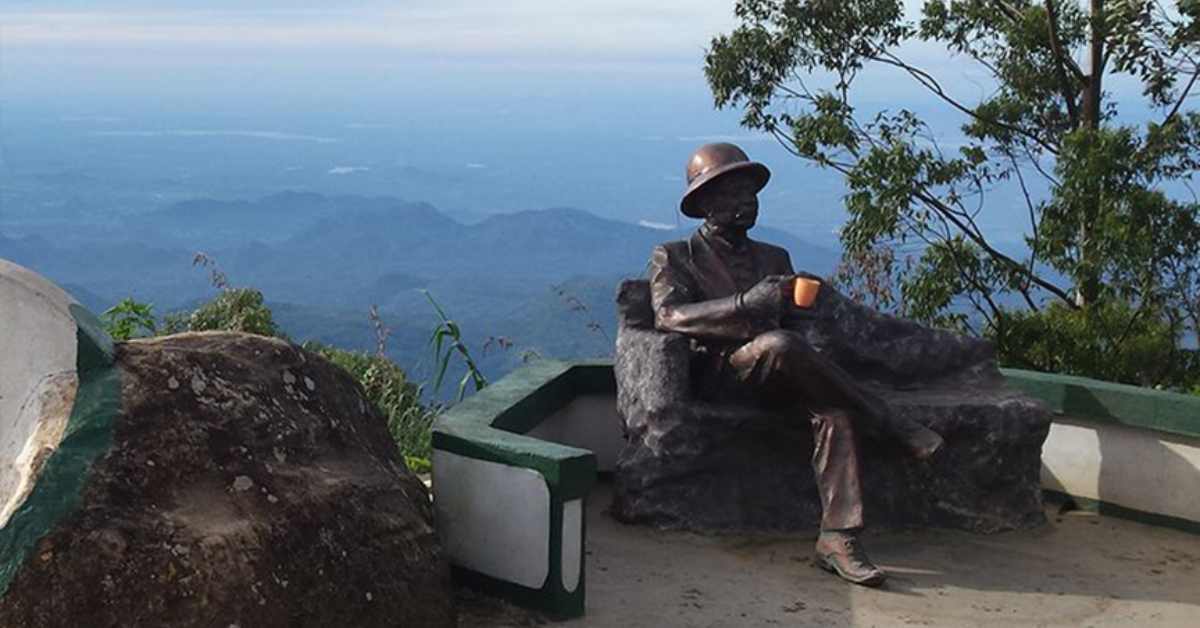
A Panorama Beyond Description
Lipton’s Seat, perched majestically atop the hills of Haputale, unveils a panorama that transcends the ordinary. As visitors ascend to this iconic viewpoint, a breathtaking tapestry of nature unfolds before their eyes. The landscape is adorned with meticulously manicured tea estates, sprawling across undulating hillsides like a vibrant green quilt. The view extends endlessly, punctuated only by the gentle curves of valleys and the distant silhouettes of mountains against the horizon.
Sunrise and Sunset Splendor
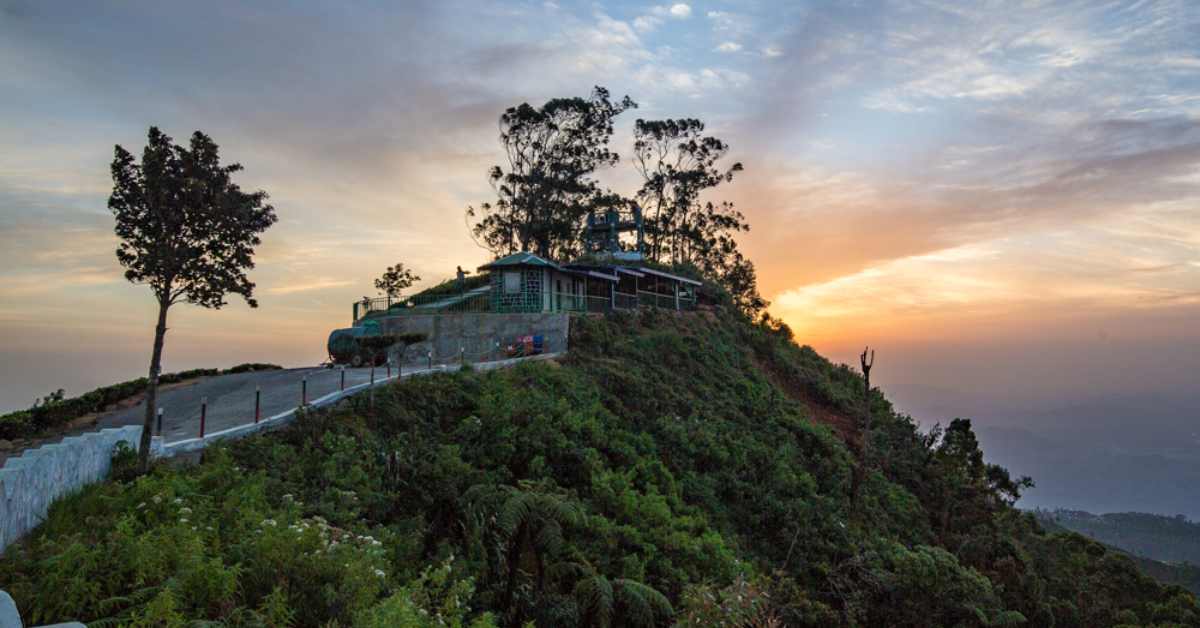
At dawn, Lipton’s Seat welcomes early risers with a spectacle that seems straight out of a painting. The first rays of sunlight kiss the emerald tea bushes, casting a golden hue that gradually illuminates the entire landscape. The morning mist swirls and dances amid the valleys, adding an ethereal quality to the scene. Conversely, at dusk, the setting sun paints the sky in hues of orange and pink, casting a serene glow over the hills—a perfect moment to witness the day bidding adieu in a blaze of colors.
The Tea-Clad Hills and Serenity
Beyond the visual feast, Lipton’s Seat offers an ambiance of absolute tranquility. The serene atmosphere invites visitors to soak in the serenity, providing a respite from the bustling world below. The gentle rustle of tea leaves in the breeze harmonizes with the distant sounds of nature, creating a symphony that lulls the soul into a state of peaceful contentment.
Immersion in Nature’s Grandeur
Visitors can explore the vicinity, taking leisurely strolls amidst the tea plantations or finding a quiet spot to absorb the panoramic views. The sheer expanse of the landscape instills a sense of awe, encouraging moments of introspection and appreciation for the sheer grandeur of nature.
Lipton’s Seat isn’t just a viewpoint; it’s an immersive experience—an encounter with nature’s masterpiece that leaves an indelible impression on the soul, inviting visitors to pause, reflect, and revel in the unmatched beauty that graces the hills of Haputale.
Experiencing Local Culture
Engaging with Haputale’s Community
Beyond its natural splendor, Haputale beckons travelers with its rich cultural tapestry. Engaging with the local community offers a deeper understanding of the region’s heritage and traditions. Conversing with locals reveals stories woven through generations, providing insights into their way of life and the significance of tea in their daily existence.
Visiting Nearby Villages and Tea Estates
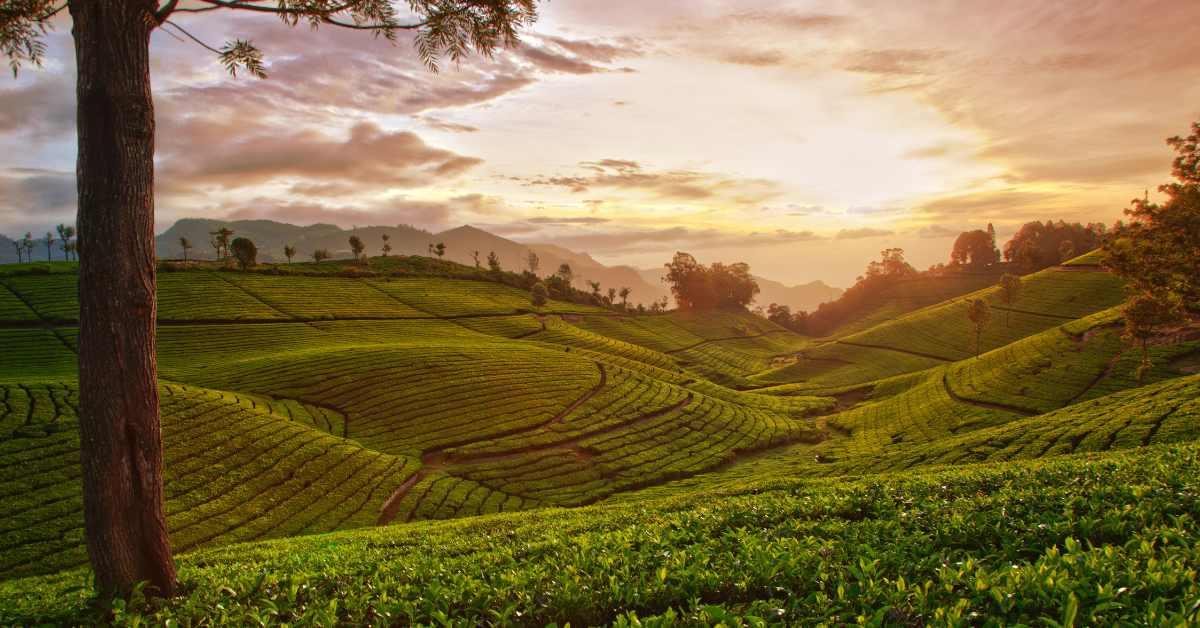
Exploring nearby villages around Haputale provides an authentic glimpse into rural Sri Lankan life. These villages exude warmth and hospitality, welcoming visitors with open arms. Strolling through the villages allows for interactions with locals engaged in daily activities, be it tending to their gardens or crafting traditional artifacts. Additionally, visiting tea estates offers an opportunity to witness firsthand the meticulous process of tea plucking and processing, an integral part of the region’s economy and heritage.
Sampling Local Cuisine and Cultural Activities
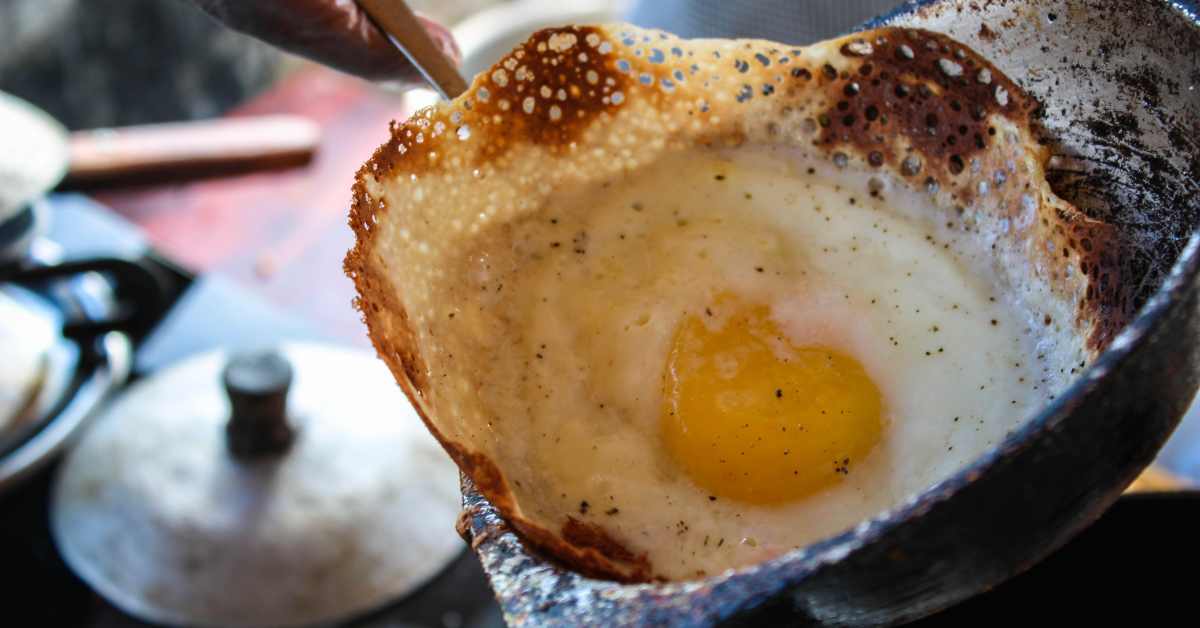
No cultural immersion is complete without savoring the local delicacies. Haputale offers a diverse array of culinary delights, from aromatic rice and curry dishes to delectable sweets like kiribath (milk rice) and kavum (oil cake). Engaging in cultural activities, such as traditional dance performances or even participating in tea ceremonies, allows visitors to embrace the authenticity and vibrancy of Sri Lanka’s cultural heritage.
Embracing Festivals and Celebrations
Timing a visit to coincide with local festivals or celebrations adds a vibrant dimension to the cultural experience. Participating in festivities like the Sinhala and Tamil New Year or religious celebrations provides a glimpse into the lively spirit and traditions deeply rooted in the local ethos. These celebrations are marked by colorful rituals, lively music, and a sense of unity that permeates the atmosphere.
Experiencing Haputale’s local culture isn’t just about observation; it’s about active participation and immersion. It’s an invitation to connect with the heart of Sri Lanka, where the warmth of its people and the richness of its traditions create an experience that lingers in the memories of travelers for years to come.
Tips for Visitors
Best Times to Visit for Optimal Experience
Choosing the right time to visit Lipton Seat can significantly enhance the overall experience. The months from December to March are often favored due to the drier weather, offering clearer vistas and pleasant temperatures. Additionally, early morning visits provide a chance to witness breathtaking sunrise views while avoiding larger crowds.
Packing Essentials and Recommended Gear
Being adequately prepared ensures a comfortable and enjoyable visit. Essentials include sturdy footwear for treks or walks through the plantations, especially if opting for hiking routes. Carrying layers is advisable due to the variable mountain weather—warm clothing for cooler temperatures in the early mornings or evenings and lighter attire for daytime exploration. Additionally, a camera or smartphone for capturing the stunning scenery is a must.
Respecting the Environment and Local Customs
Responsible tourism is key to preserving the natural beauty and cultural integrity of Haputale. It’s important to respect the surroundings by refraining from littering and following designated paths while exploring. Additionally, respecting local customs and traditions, such as asking for permission before taking photographs of individuals or religious sites, shows appreciation for the local culture.
Accommodation and Booking Considerations
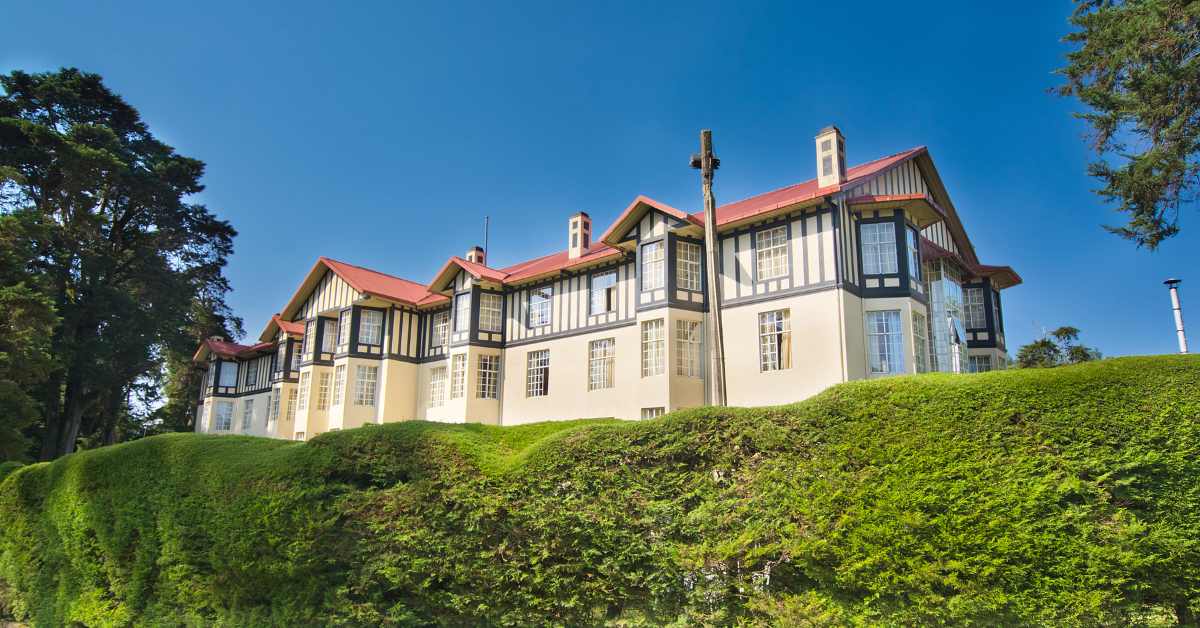
For those planning to stay in Haputale, booking accommodations in advance, especially during peak tourist seasons, ensures a hassle-free stay. Options range from boutique hotels to guesthouses nestled amid the hills, offering varying degrees of comfort and proximity to Lipton’s Seat. Researching and booking transportation options beforehand, whether train or private vehicle, also contribute to a smoother travel experience.
Exploring Beyond Lipton’s Seat
While Lipton’s Seat is a highlight, exploring other nearby attractions and activities enriches the visit. Consider visiting Dambatenne Tea Factory for an in-depth understanding of tea production or exploring nearby waterfalls and trekking trails to further immerse in Haputale’s natural beauty.
Following these tips not only ensures a memorable visit to Lipton’s Seat but also contributes to a respectful and enjoyable exploration of Haputale’s wonders, leaving visitors with cherished memories of this enchanting Sri Lankan destination.
Conclusion
A Tapestry of Nature and Heritage
In the heart of Haputale, Sri Lanka, Lipton’s Seat stands as a beacon, drawing travelers into a world where nature’s grandeur and cultural heritage intertwine. From the lush, sprawling tea plantations to the legacy of pioneers like James Taylor and Sir Thomas Lipton, this destination encapsulates the essence of Sri Lanka’s beauty and history.
Beyond a Viewpoint: A Journey of Discovery
Lipton’s Seat isn’t merely a scenic vantage point; it’s an invitation to embark on a journey—a journey that leads not just to breathtaking vistas but to an understanding of the symbiotic relationship between man and nature. It’s a journey that unravels stories of resilience, innovation, and the profound impact of the tea industry on Sri Lanka’s economy and culture.
An Indelible Impression
The beauty of Lipton’s Seat, with its panoramic views and serene ambiance, leaves an indelible impression on all who behold it. Whether witnessing the sun paint the skies in hues of gold and crimson or immersing in the tranquility of the tea-clad hills, every moment spent here etches itself into the soul, creating memories that linger long after departure.
Invitation to Explore Further
As travelers bid adieu to Lipton’s Seat, they carry with them more than just photographs and souvenirs. They carry an invitation—an invitation to explore further, delve deeper into the local culture, and uncover the hidden gems scattered throughout Haputale. The journey doesn’t end at this viewpoint; it’s a prelude to an immersive exploration of Sri Lanka’s enchanting landscapes and vibrant traditions.
A Call to Return
In closing, Lipton’s Seat isn’t a destination one merely visits—it’s a place that beckons visitors to return. Its allure, a blend of natural splendor and historical significance, ensures that each visit reveals new facets and offers fresh perspectives, making it a perennial favorite on the travel bucket list.
Lipton’s Seat stands as a testament to the beauty of Sri Lanka—a place where nature’s canvas meets human endeavor, creating an experience that resonates deeply with all who seek to unravel its mysteries and soak in its unmatched charm.

